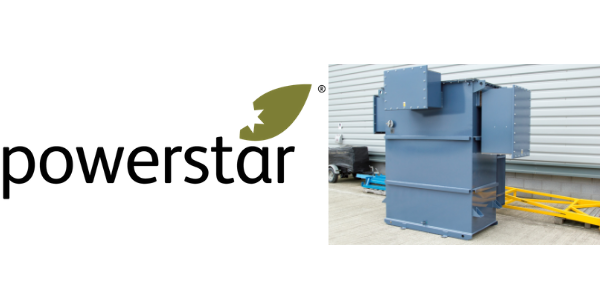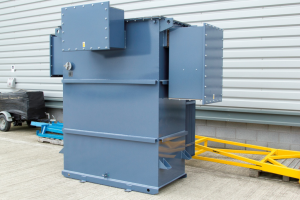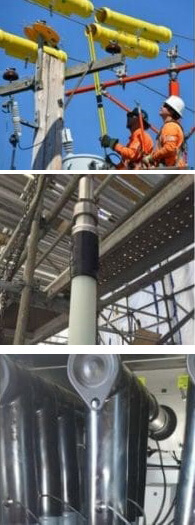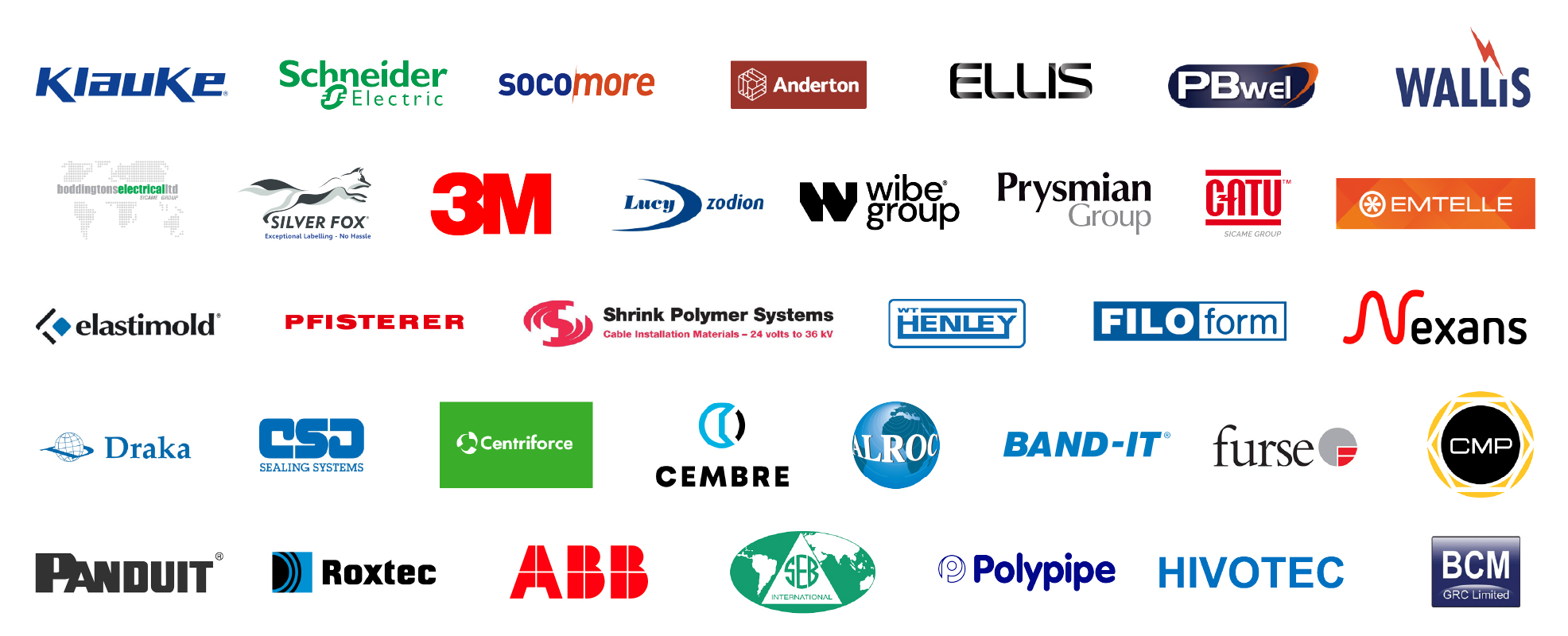A Guide To HV Efficiency: Distribution Transformers & Voltage Management (Part 2 of 3)
Published 12 Sep 2019

A Guide To HV Efficiency Distribution Transformers & Voltage Management
HV Efficiency
Distribution Transformers & Voltage Management (Part 2 of 3)
-
uploaded by Chris Dodds - Thorne & Derrick Sales and Marketing Manager
The second installment of the HV efficiency blog series intends to define the difference between tapping down HV transformers, and voltage management technologies such as voltage optimisation, with the end goal of decreasing a site’s voltage.
There’s a clear difference between HV distribution transformers and the Powerstar range of voltage optimisation products namely that HV distribution transformers decrease the high voltage (HV) electricity from the grid, typically 11000V or 6600V, to low voltage (LV) electricity, typically 400V-433V, so that it can be used safely.
This technique alters all the power to a site from HV to LV.
In comparison, voltage optimisation technology reduces the LV voltage, when greater than required, to the optimal voltage for the specifications of the electrical equipment on-site; this is done by subtraction, rather than by transformation.

Distribution Transformers & Voltage Management
Can tapping my transformer achieve greater efficiencies?
A voltage reduction using distribution transformers can occur through changing the tapping of the transformer although this is not advised. Voltage management can be achieved by tapping as you can get different turns ratio and the ability to control output.
Care should be taken as changing the tapping has a knock on effect on the number of coils leading to the impedance of the transformer. This leads to an increase in the transformer current if the voltage is reduced, or a deduction in the transformer current in the event of an increase in voltage.
When altering the tapping it should not be tapped beyond the settings that they were built for to ensure they still function at their optimal efficiency. Using this technique to decrease the voltage is ineffective due to the relationship between voltage and current.
The current will be raised by 5% when the voltage in the transformer is lowered by the same percentage. Using this example, the losses in the transformer would increase by 25%. In the case of a typical 1000kVA transformer with a load loss of 8kW, based on a 75% load, reducing the voltage by 5% will increase these losses to 10kW, which will increase the site consumption by 17,520kWh a year, therefore inflating the site’s energy bill.
Tapping of HV transformers should be inline with site requirements e.g site capacity in order for them to function at full efficiency.
Optimal efficiency through voltage management
Purpose-built voltage management technology together with an an amorphous core distribution transformer integrated with electronic-dynamic voltage management is the best approach to reducing voltage with the ultimately saving money. The Powerstar HV MAX is the perfect transformer.
The HV MAX incorporates features of a super low loss amorphous core transformer, which decreased the load losses by up to 75% in comparison with a CRGO distribution transformer, with the benefits of LV electronic-dynamic voltage management, which reduces and stabilises the on-site voltage providing energy consumption and cost savings.
Combining the technology means the Powerstar HV MAX is appropriate for sites performing their own HV/LV supply alongside sites with a high incoming voltage profile and an inefficient HV/LV distribution transformer.

LV MV HV Transformers
Further Reading
A Guide To HV Efficiency: The Core Of The Problem (1 of 3)
A Guide To HV Efficiency: Optimising Efficiency With Remote Monitoring (3 of 3)
THORNE & DERRICK SPECIALIST ELECTRICAL DISTRIBUTOR
The 11kV Specialists
Thorne & Derrick distribute the most extensive range of 11kV Cable Jointing, Terminating, Pulling & Installation Equipment – we service UK and international clients working on underground cables, overhead lines, substations and electrical construction at 11kV and up to EHV transmission and distribution voltages.
THORNE & DERRICK today welcomed Lindsay Brownless from @PowerstarVO today – look out for a series of online articles from us about their UK manufactured, online, smart #Transformers with amorphous core and remote monitoring capabilities, 415/11kV.#POWER pic.twitter.com/KfmIZoBuPJ
— Thorne & Derrick (@ThorneanDerrick) January 16, 2019
- Key 11kV Products: MV-HV Cable Joints & Terminations, Cable Cleats, Duct Seals, Cable Transits, Underground Cable Protection, Copper Earth Tapes, Cable Jointing Tools, Feeder Pillars, Cable Ducting, Earthing & Lightning Protection, Electrical Safety, Cable Glands, Arc Flash Protection & Fusegear.
- Distributors for: 3M Cold Shrink, ABB, Alroc, Band-It, Catu, Cembre, Centriforce, CMP, Elastimold, Ellis Patents, Emtelle, Furse, Lucy Zodion, Nexans Euromold, Pfisterer, Polypipe, Prysmian, Roxtec.

LV – Low Voltage Cable Joints, Glands, Cleats, Lugs & Accessories (1000 Volts)

MV HV – Medium & High Voltage Cable Joints, Terminations & Connectors (11kV 33kV EHV)

Cable Laying – Underground Cable Covers, Ducting, Seals & Cable Pulling Equipment

T&D, CATU Electrical Safety & Arc Flash Protection Specialists for SAP’s, Linesmen, Jointers & Electrical Engineers – Largest UK Stockist










